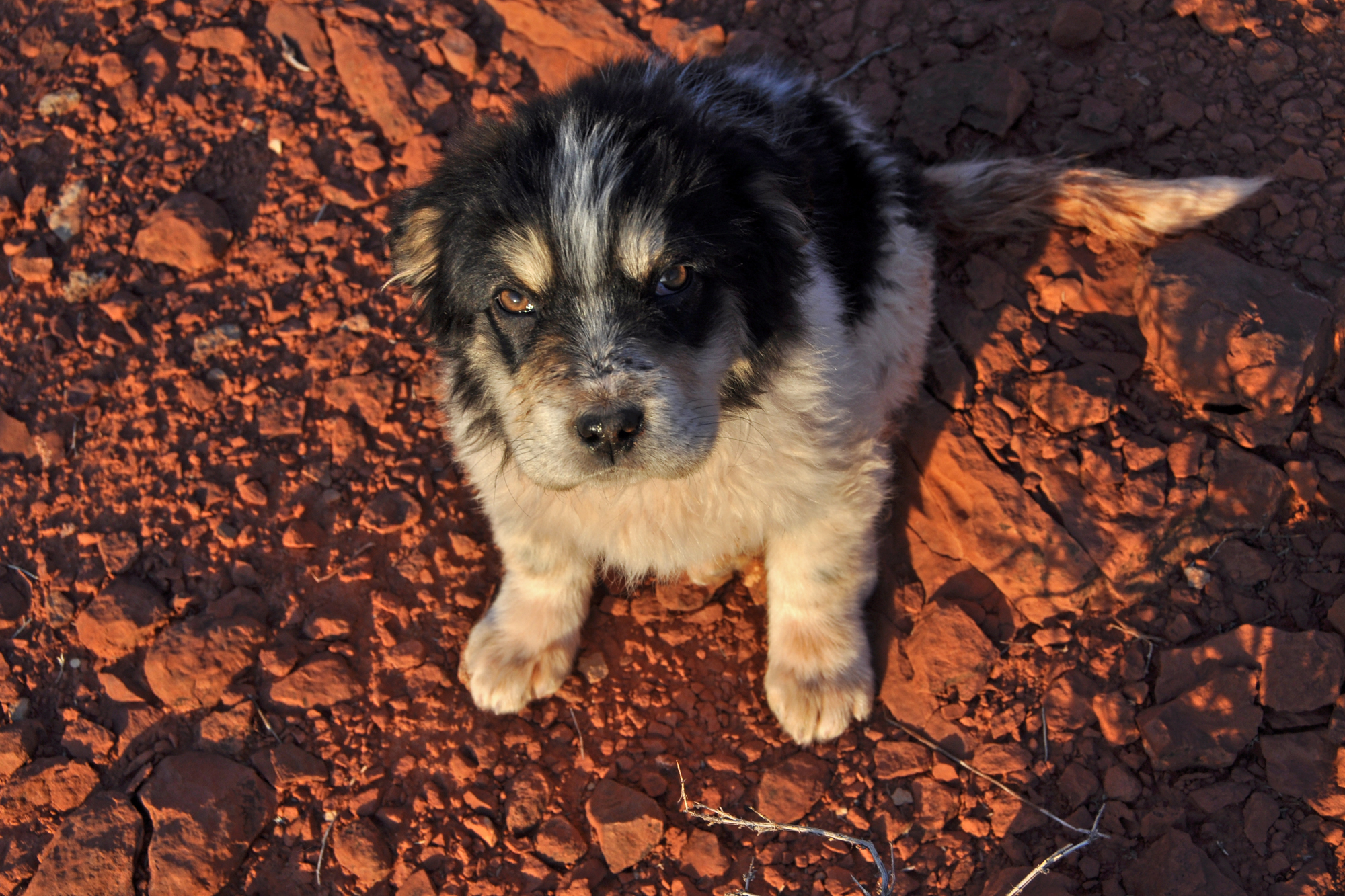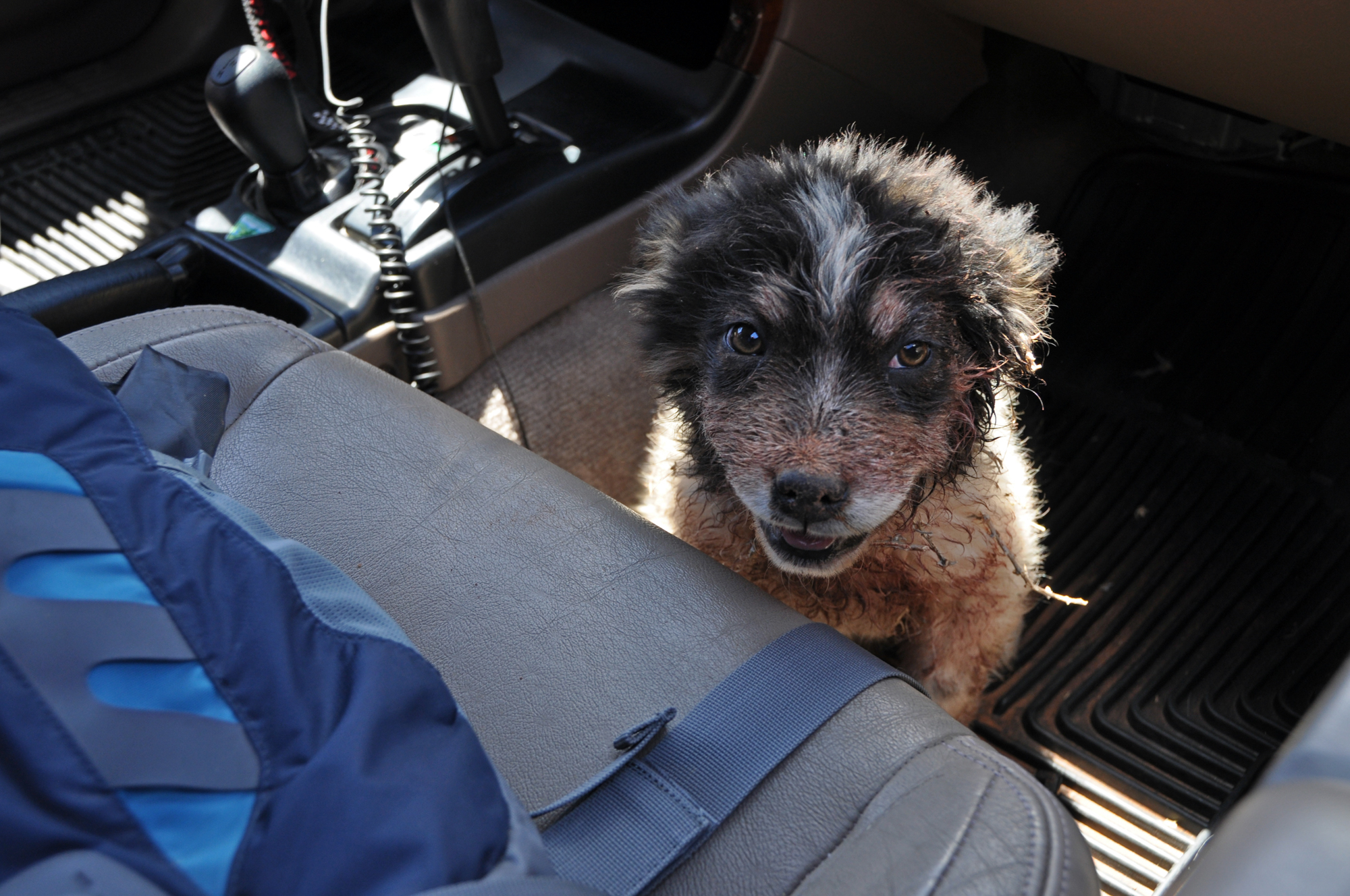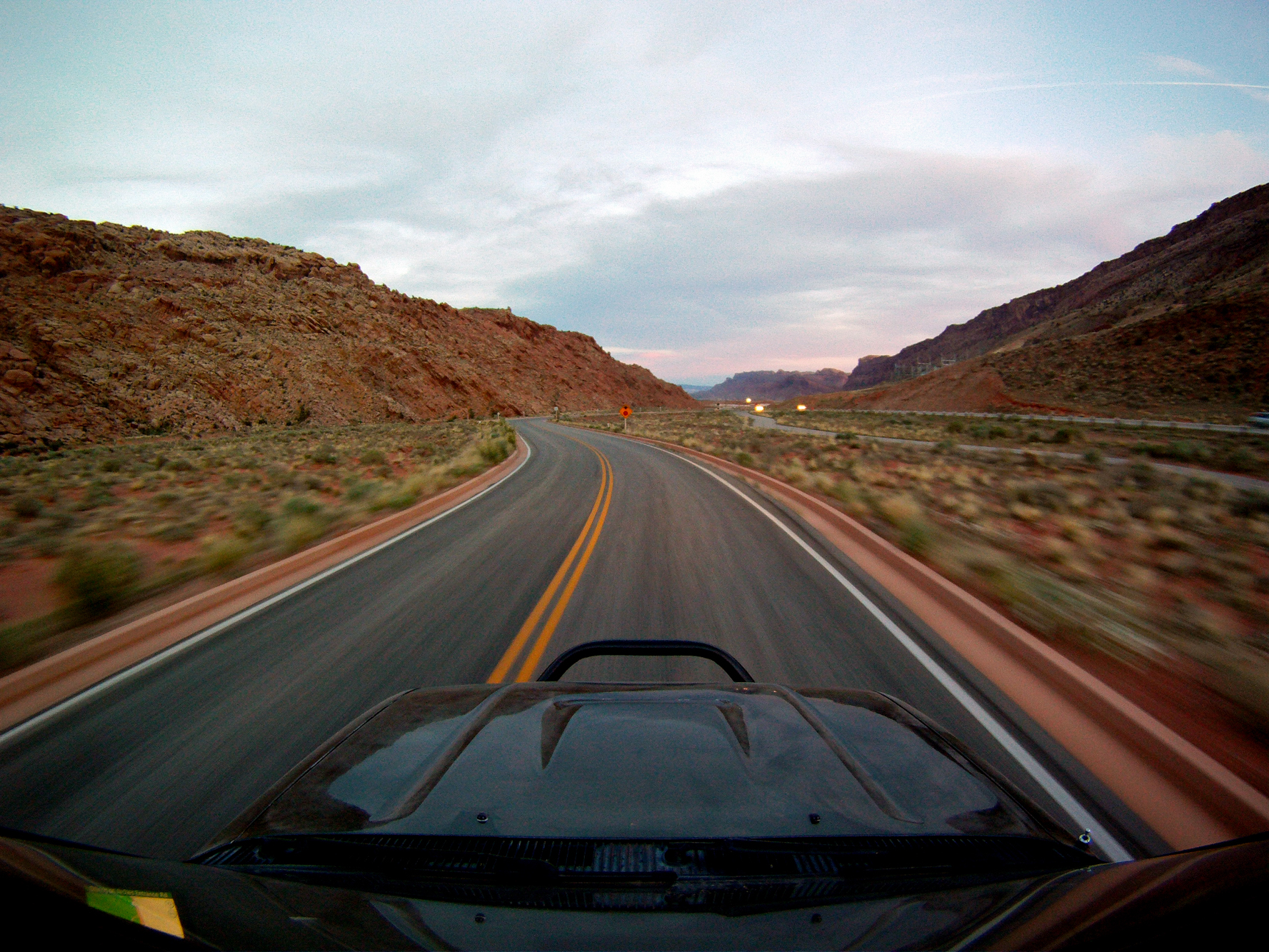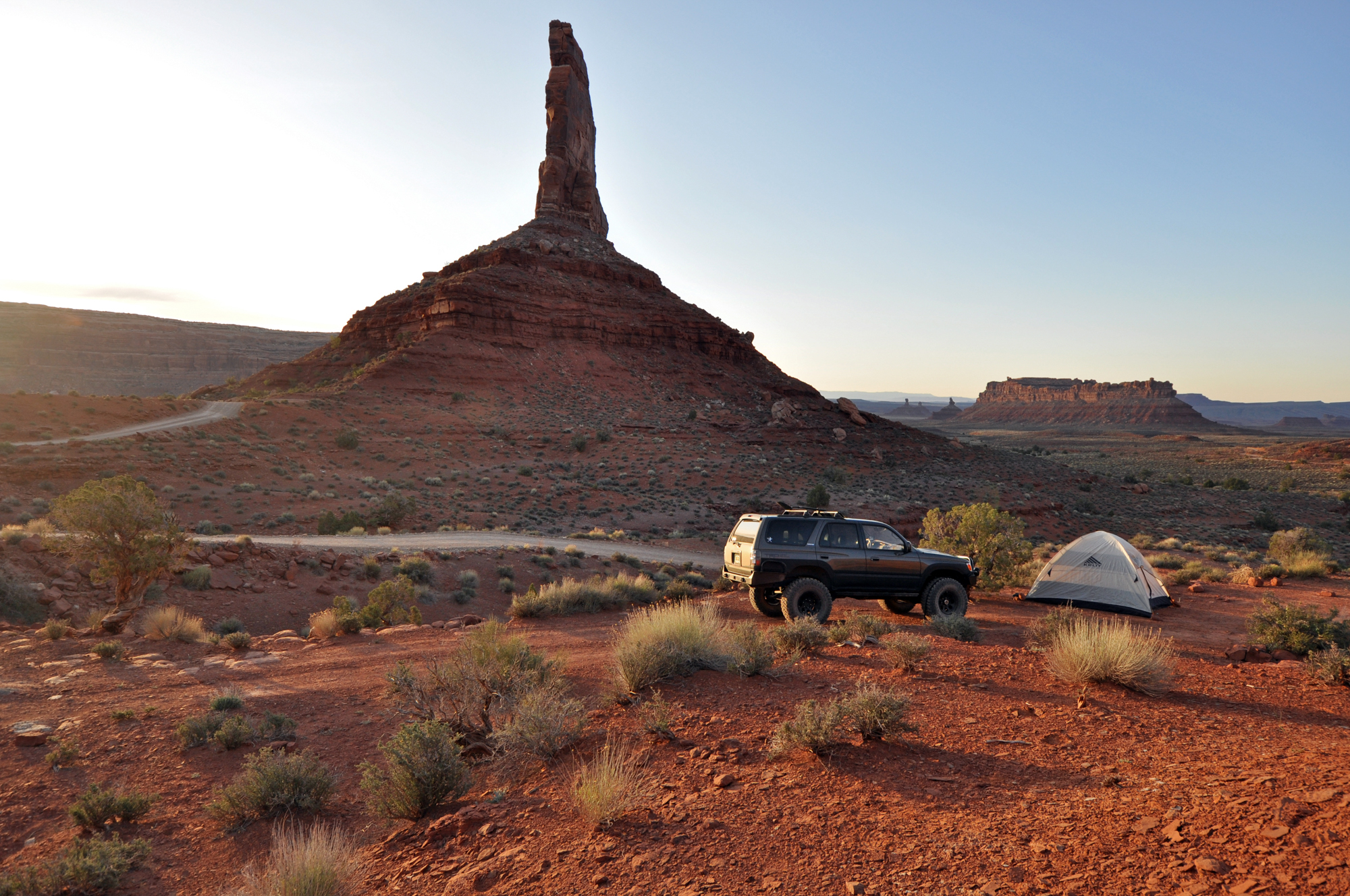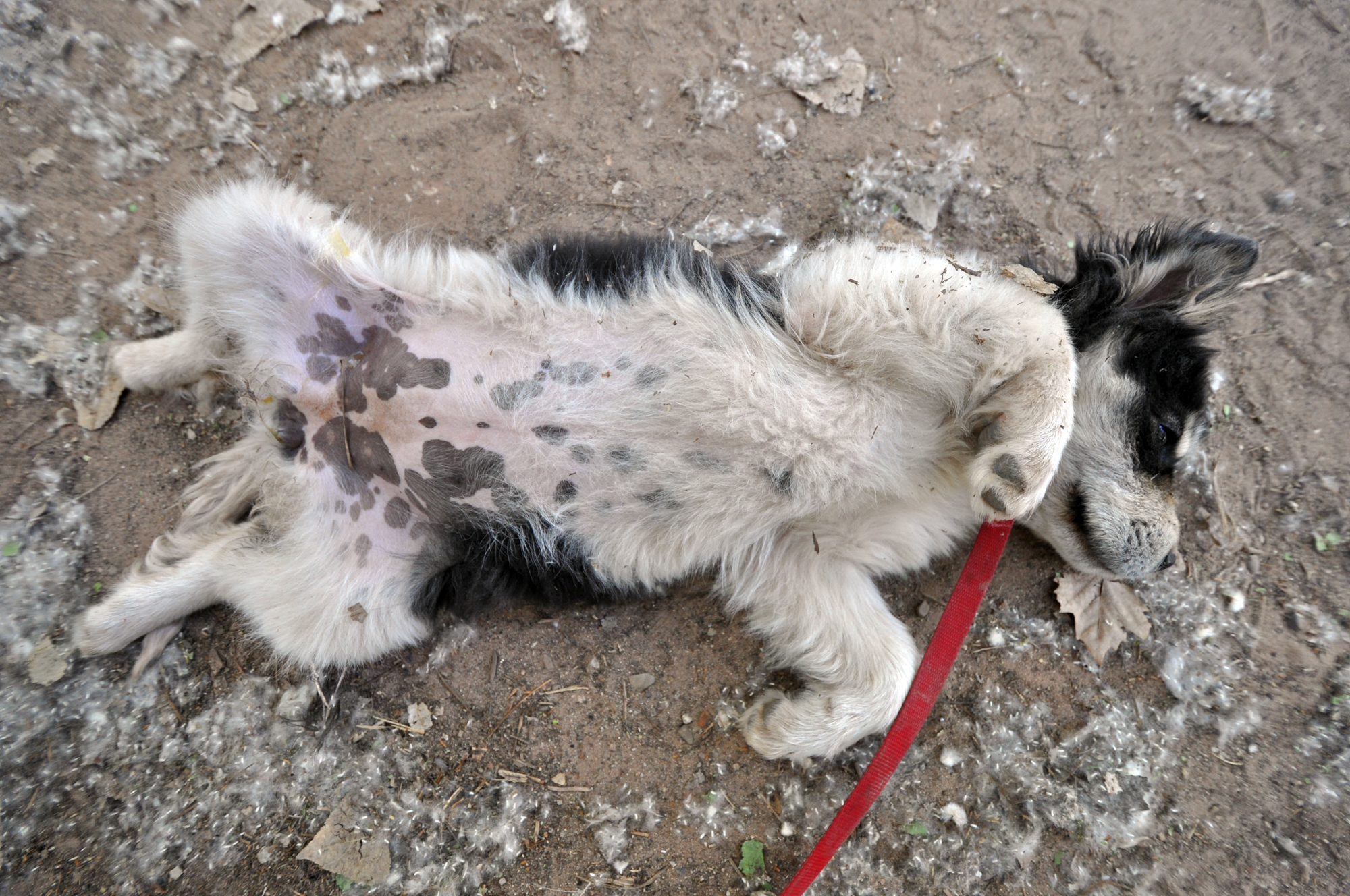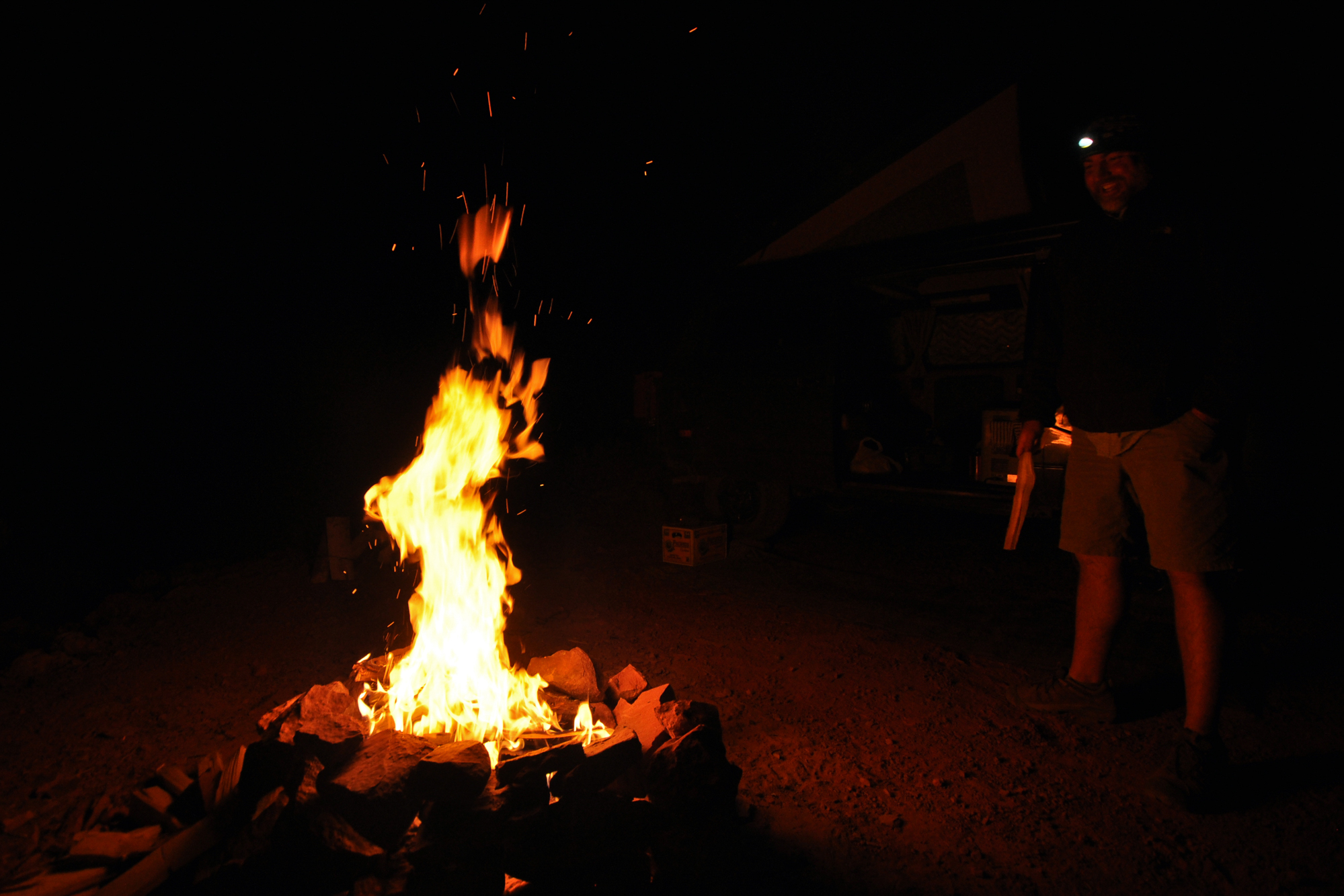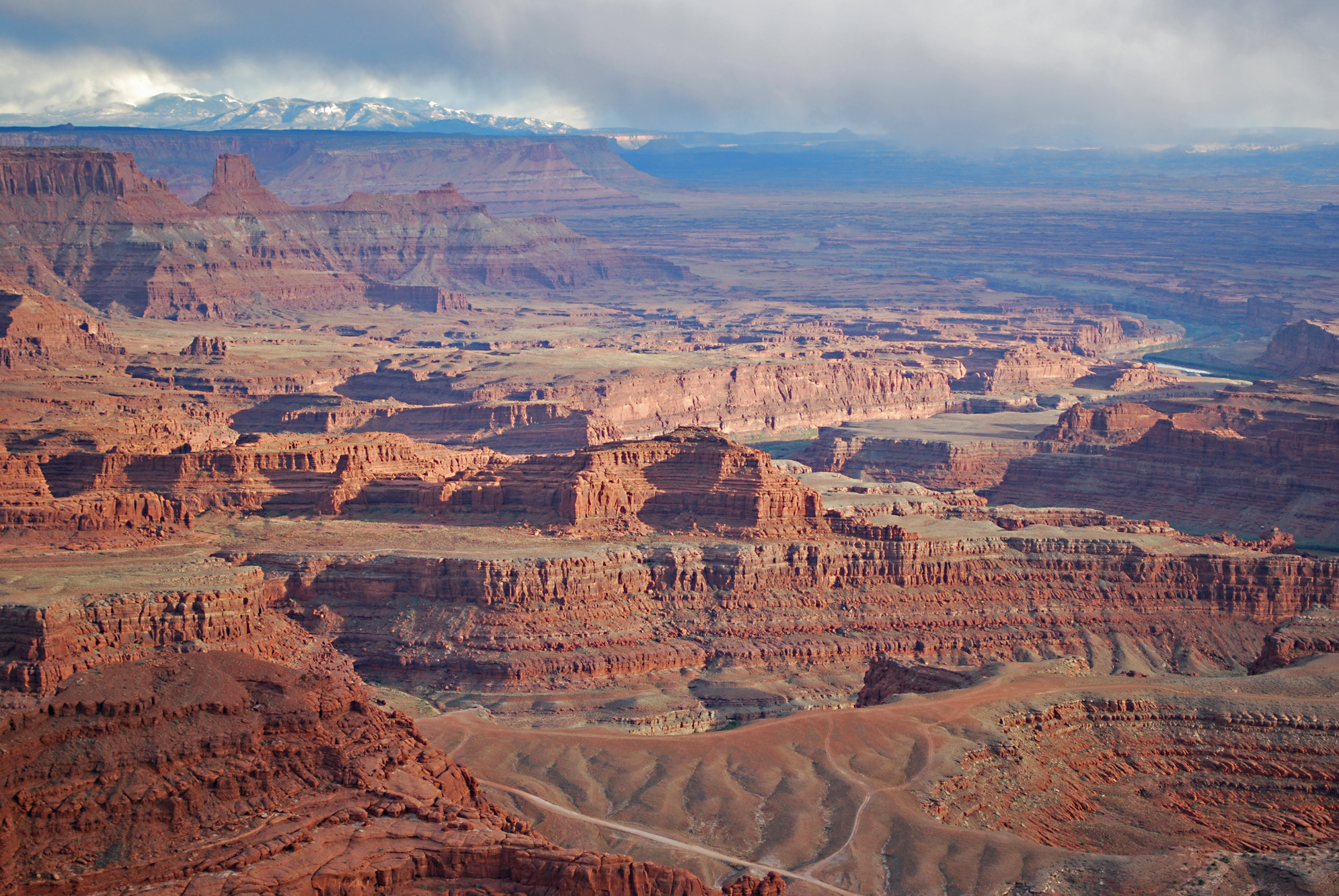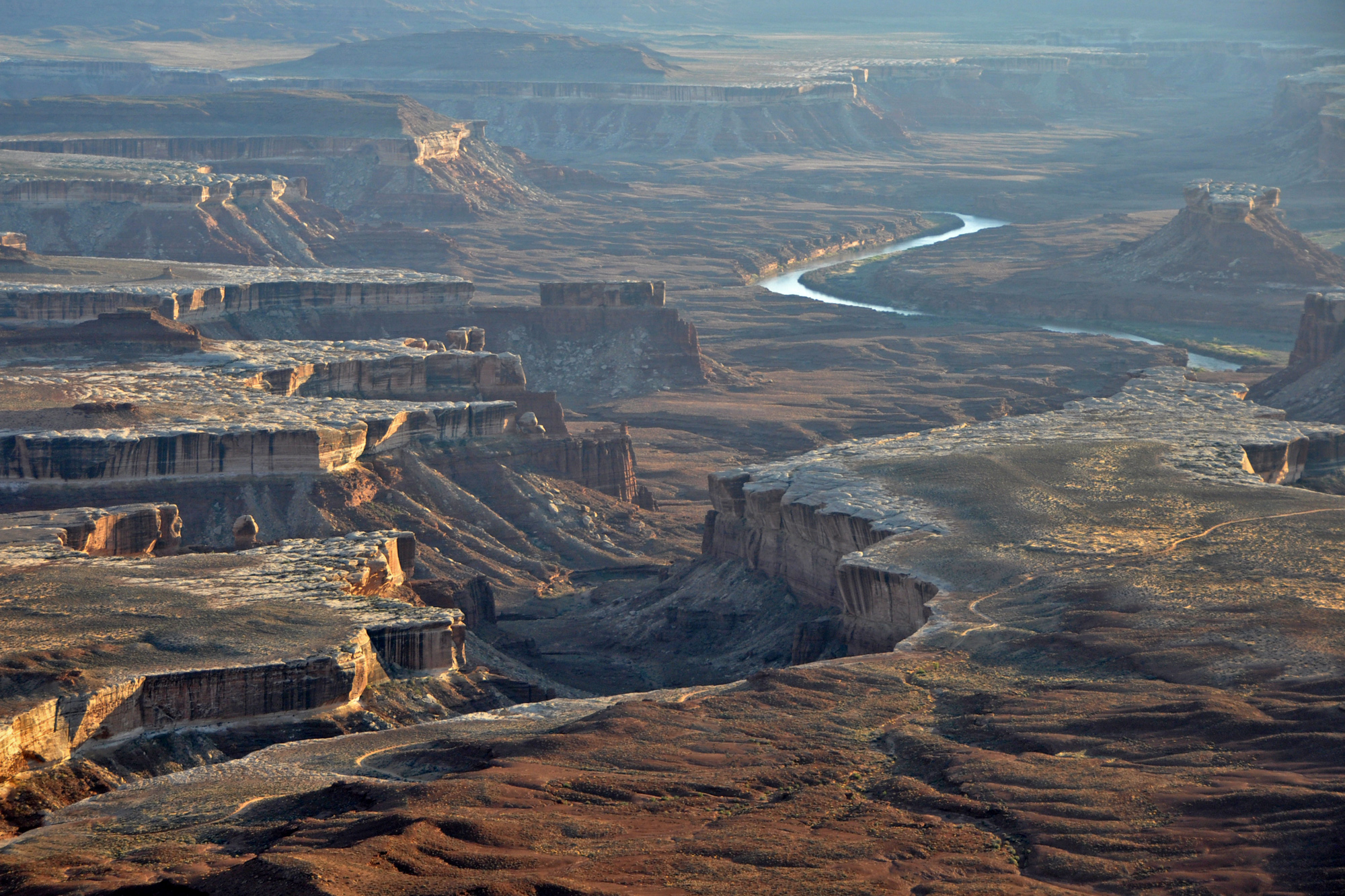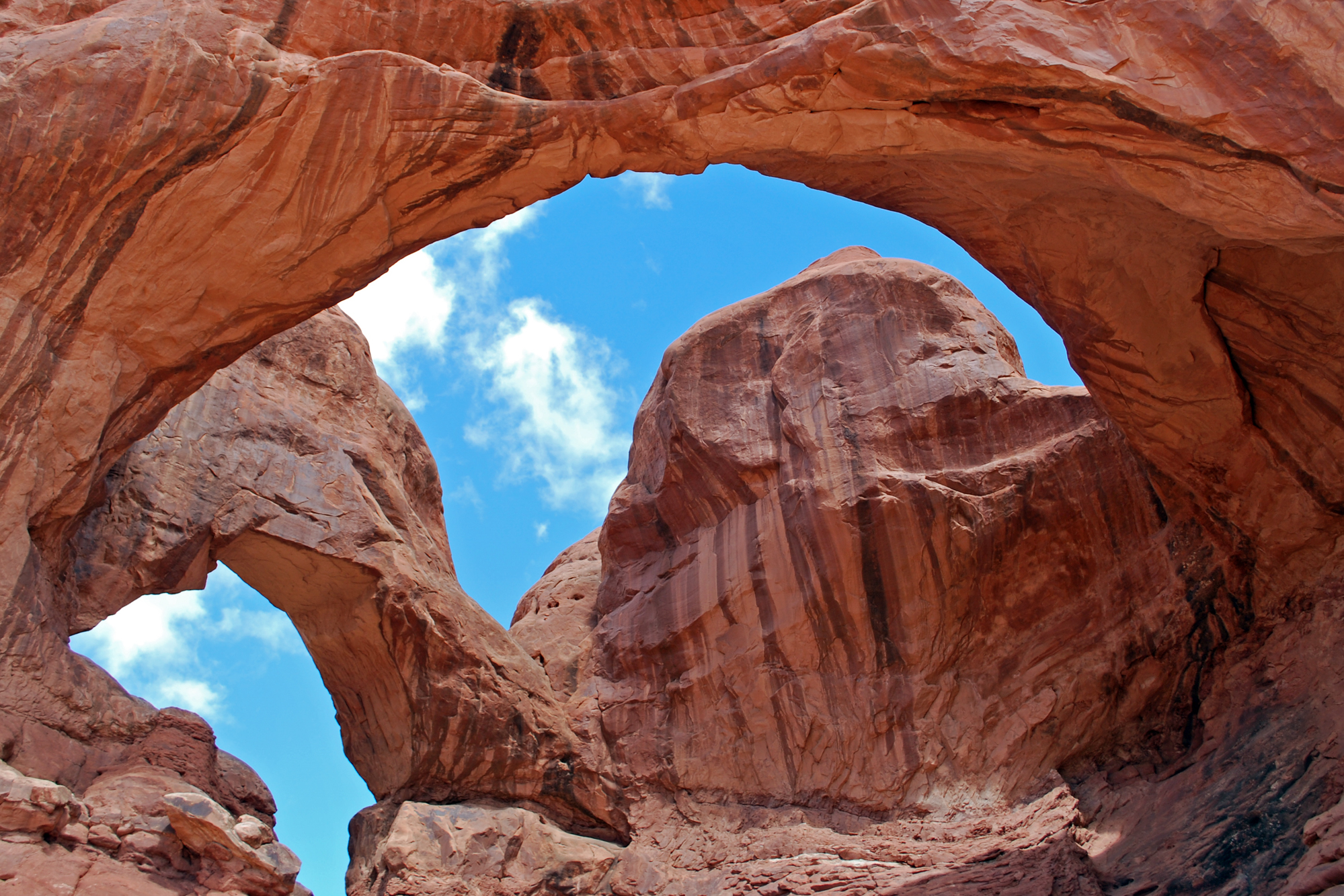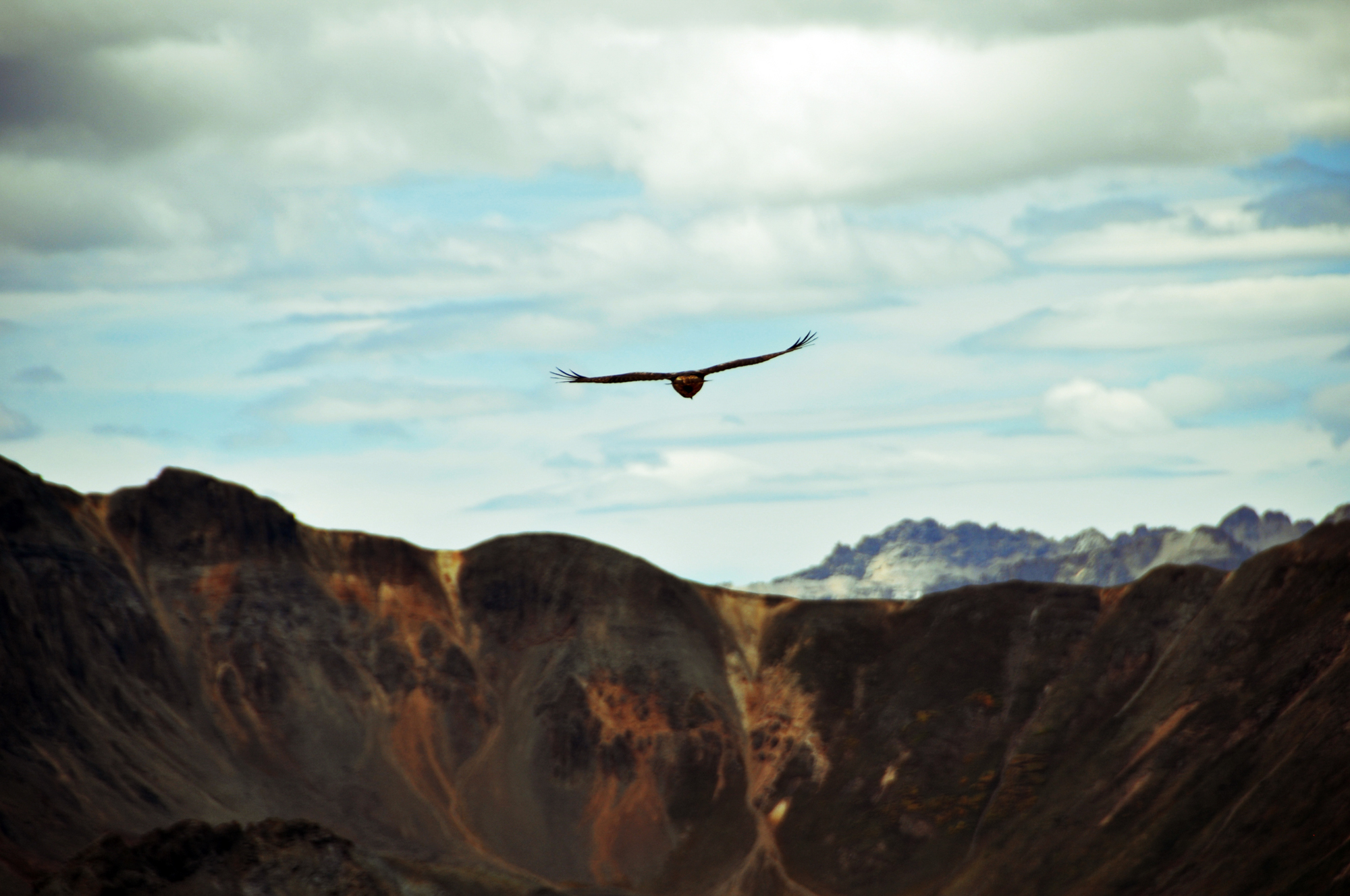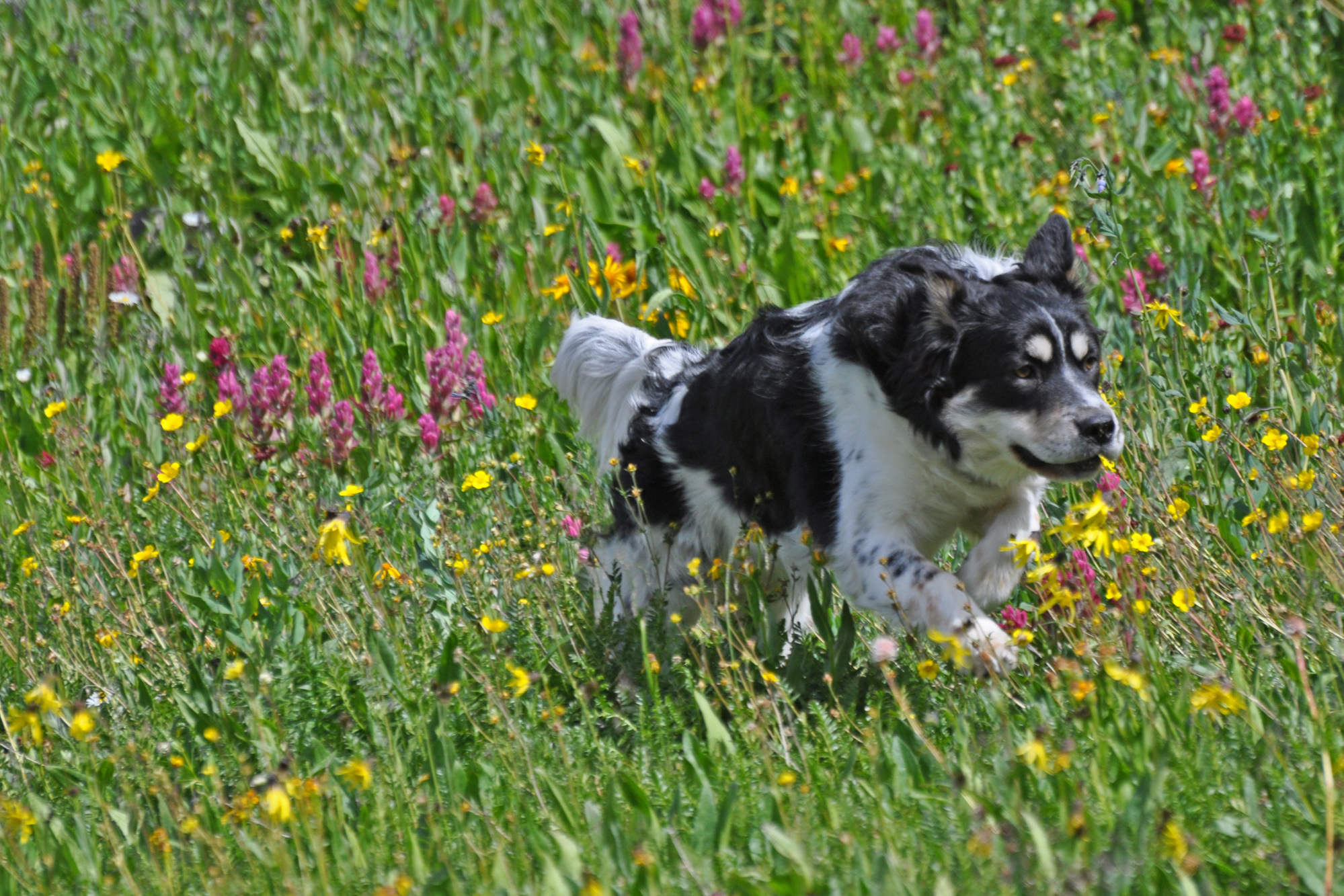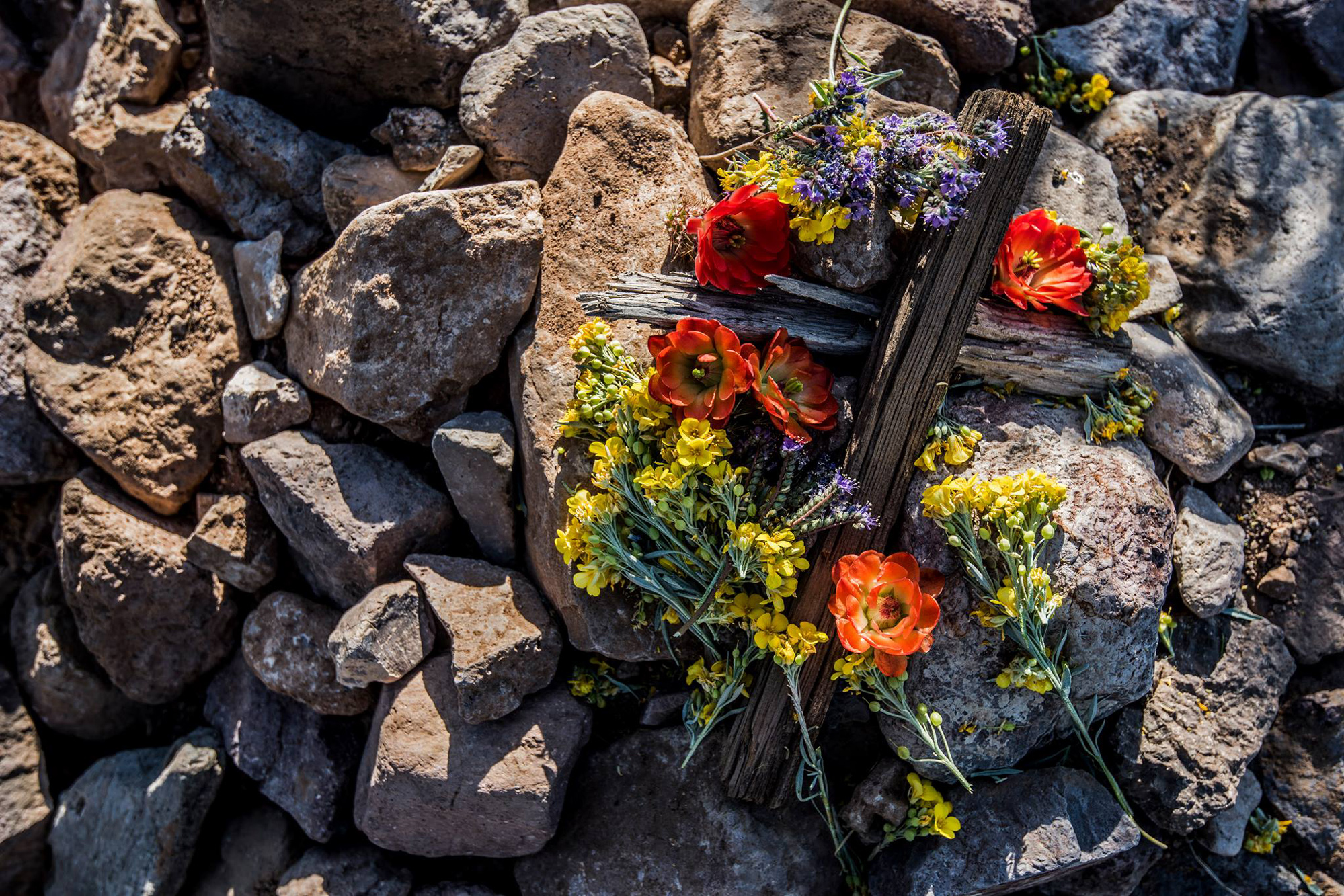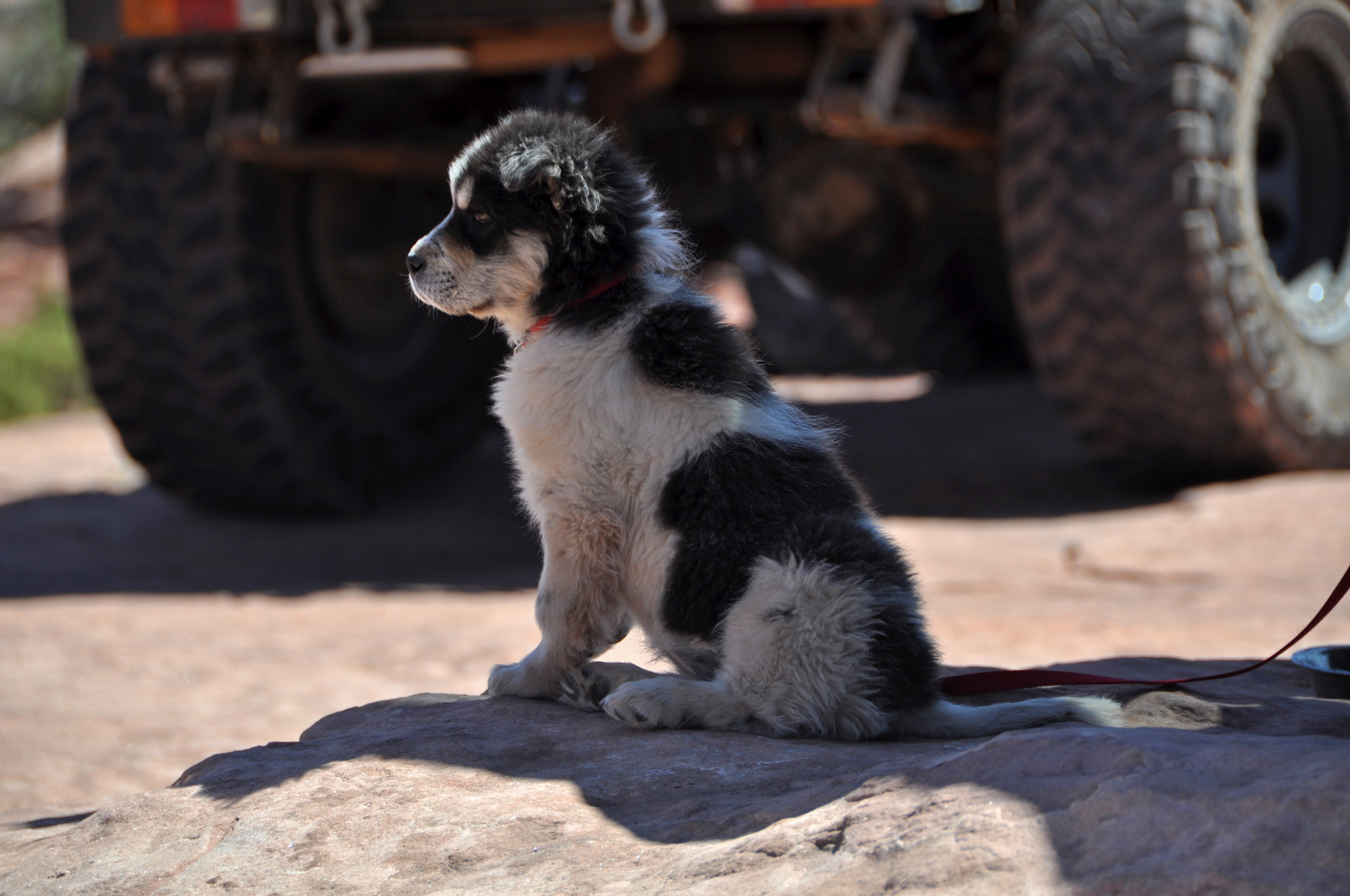Editor’s Note: This article was originally published in Overland Journal, Fall 2018.
Between Canyon de Chelly and the San Juan River, mustangs run free across the wilds of Navajoland. This remote region features a vast maze of Bureau of Indian Affairs (BIA) highways and washboard roads that link rural communities to civilization. Alongside the faded tarmac of Indian Route 12, horses graze on yellowed grass as cars speed by. All too often, these animals are struck by motorists and left for dead to be ravaged by predators. The carcasses, in various forms of decomposition, are frequent along the road.
It was in this lonely country, after passing the “Welcome to Arizona” sign, that I realized I had made a wrong turn some 20 miles back at the junction in Yah-ta-hey, a small village north of Gallup, New Mexico. The original plan included a northerly push through New Mexico, a brief nip of the Copper State at Four Corners, and an evening arrival at Valley of the Gods. A friend from Tennessee, John Franzen, was meeting me that evening to camp amongst the massive rock monoliths before setting off into the depths of Comb Ridge early the next morning. After consulting the map, I opted to press on through Arizona via Indian Route 12 rather than backtrack. The weathered two-lane highway runs parallel to the Arizona–New Mexico state line through Fort Defiance, Tsaile, and Rock Point. If anything, it was an opportunity to see new scenery.
The route provided a spectacular display of red-rock-laced valleys, sandstone buttes, and grass-dotted bluffs. Sunrise cast long shadows over the land. The awe-inspiring scene was diminished by roadside tragedy though—dead horse after dead horse. Some lay on the embankment while others had made it a bit further into the scrubland before succumbing to mortal injuries. In a surreal scene, a small black puppy played in the grass tufts surrounding a carcass. I immediately decelerated and made a U-turn; few things stir my heart more than a dog. Despite stopping a good distance away, the animal fled. Exiting the 4Runner, I whistled, clapped, and called to it in every dog-wooing voice imaginable, but nothing seemed to stop it. My heart sank as I watched the puppy fade into distant chaparral.
 Movement in the shadow of the dead horse caught my eye. It was another puppy, this one black and white. My steps were slow as I approached and talked sweet to the little dog, hoping it would not bolt for the hills, too. The earth beneath the corpse’s ruptured belly was pink and packed as if the dog had rolled beneath the beast for days. Torn hide hung like drapes over the burrow. As my eyes adjusted, it became apparent why she couldn’t run away or even sit up for that matter: her belly and paws were riddled with spines and goathead thorns. To survive, she had been eating the horse’s flesh and licking its wounds. She squirmed and grunted as I reached down for her, but didn’t growl or snap. I picked her up and held her to my chest like a baby; her tail slowly started to wag as I spoke gently to her. It was a miracle that she was still alive.
Movement in the shadow of the dead horse caught my eye. It was another puppy, this one black and white. My steps were slow as I approached and talked sweet to the little dog, hoping it would not bolt for the hills, too. The earth beneath the corpse’s ruptured belly was pink and packed as if the dog had rolled beneath the beast for days. Torn hide hung like drapes over the burrow. As my eyes adjusted, it became apparent why she couldn’t run away or even sit up for that matter: her belly and paws were riddled with spines and goathead thorns. To survive, she had been eating the horse’s flesh and licking its wounds. She squirmed and grunted as I reached down for her, but didn’t growl or snap. I picked her up and held her to my chest like a baby; her tail slowly started to wag as I spoke gently to her. It was a miracle that she was still alive.
The dog licked my hands as I combed my fingers through her matted fur, ridding her little belly and paws of the prickly plants that painfully immobilized her. With Leatherman scissors, I trimmed away the most stubborn bits of horse flesh and dried blood from her coat. She then downed two or three bowls of water without stopping. After rummaging through the fridge, I was able to produce deli ham and sliced cheddar. Her tail wagged furiously as she snatched the morsels out of my hand, nearly swallowing the food whole. It seems the fastest way to win a dog’s heart is with processed meat and cheese.
We set off with the windows rolled down due north on Indian Route 12. The foul odor of the pup was overwhelming, as if the horse had come along too. My new ambition was to bathe her. Looking at the desolate landscape, I figured I’d be lucky to find a half-full cattle tank. A few miles down the road I came across a trooper clearing debris from the highway and asked him where I might find a gas station or car wash. Without a word, he wiped his brow and pointed up the road before quickly returning to his work.
With the pup fast asleep on the floorboard, we pulled into Mexican Water, a community marked by little more than a gas station/diner and laundromat. The throwback buildings sat in the center of a dusty lot surrounded by kayak and bike-laden SUVs and muddy ranch trucks. Once inside, I asked the cashier where I might find a hose. Before I could explain, she directed me around back. “Don’t leave it running,” she said, as the sprung screen door slammed shut behind me.
Behind the station, a 20-something guy wearing a wifebeater worked a jungle of weeds. He slowly walked up to the truck and rested his arm on the windowsill, pushing his sunglasses to the tip of his nose, weed whacker still sputtering. I asked him where I could find the hose. Eyes squinting, he leaned inside the window to take cover from the sun, a cigarette hanging from the corner of his mouth. “I’ll be damned,” he mumbled as he looked at the sleeping dog on the floormat, “Guess you need a hose then.” He pointed at a spigot and curled hose underneath a tree. “Hold on, I’ll be back.” Moments later, he returned with a green 5-gallon bucket, took refuge under a tree, and lit another cigarette. Smoke wafted from his mouth as he spoke, “That ought to do the trick.” In the meantime, I had scrounged a spare leash (used for my other dogs), dish soap, and my only towel.
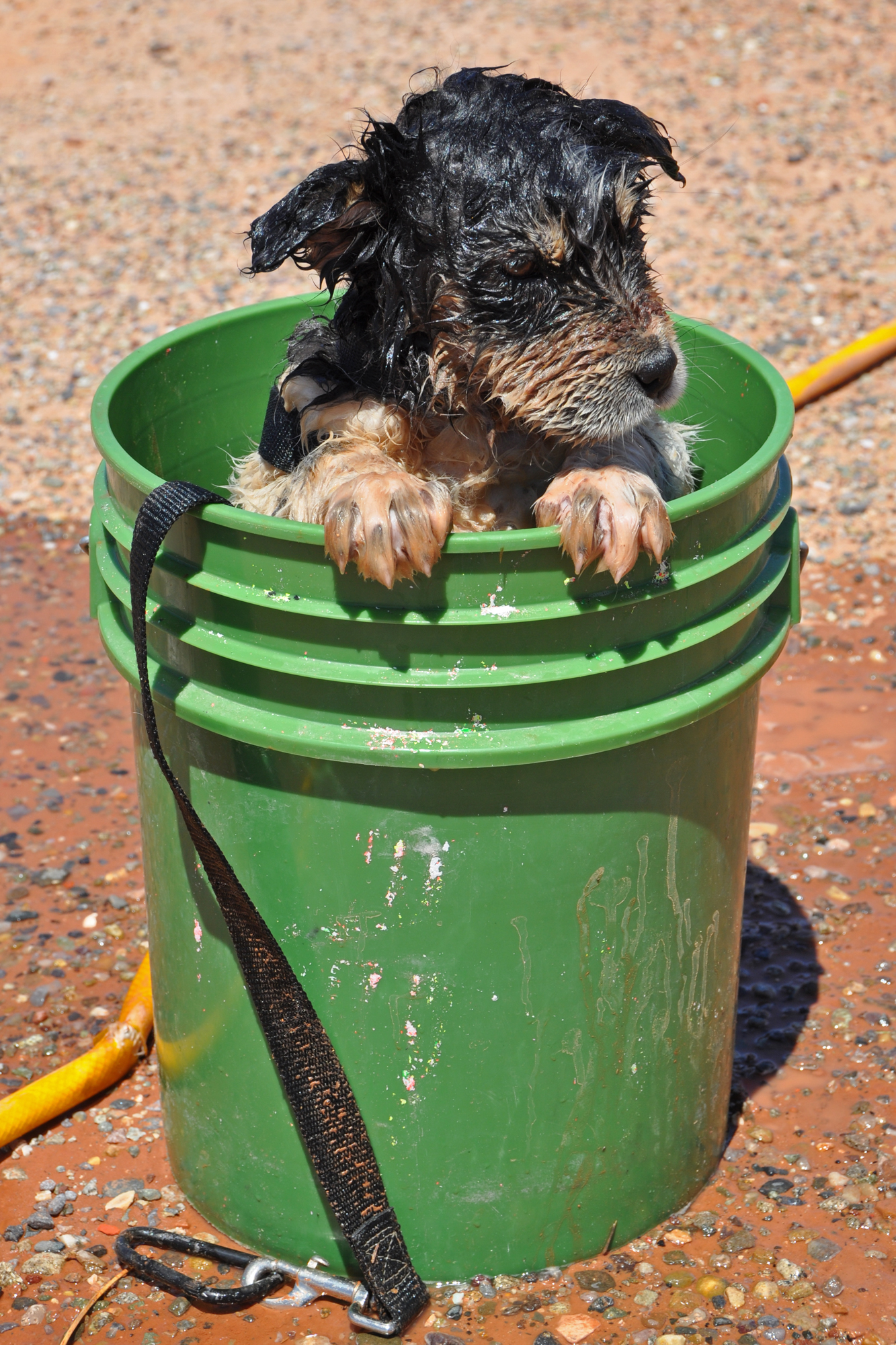 Suds billowed from the top of the bucket as I sprayed the soap-infused water. The little dog immediately started to flail knowing she was going in. I put her in haunches first and she put her front paws on the bucket rim in protest. She then took a liking to the feeling of the cool water and settled down. I lathered and rinsed the pup four or five times until the bathwater lost its pink tinge. Each time, she’d shake the water off while I held her with one hand and refilled the bucket with the other. Soon I was soaked, standing in the mudhole I had created. All the while the man looked on with amusement. The scene was reminiscent of a Dawn commercial—the one where they feature their soap heroically cleansing sea creatures of oil spill muck. This story would have had their PR department watering at the mouth. Once finished, she looked magnificent compared to the dog I had found a short while before. I thanked the man and offered him compensation for helping me. He chuckled and said the entertainment was payment enough. With that, we drove off bound for southern Utah. Free from the flesh and blood stains of her past, she had been baptized in Mexican Water.
Suds billowed from the top of the bucket as I sprayed the soap-infused water. The little dog immediately started to flail knowing she was going in. I put her in haunches first and she put her front paws on the bucket rim in protest. She then took a liking to the feeling of the cool water and settled down. I lathered and rinsed the pup four or five times until the bathwater lost its pink tinge. Each time, she’d shake the water off while I held her with one hand and refilled the bucket with the other. Soon I was soaked, standing in the mudhole I had created. All the while the man looked on with amusement. The scene was reminiscent of a Dawn commercial—the one where they feature their soap heroically cleansing sea creatures of oil spill muck. This story would have had their PR department watering at the mouth. Once finished, she looked magnificent compared to the dog I had found a short while before. I thanked the man and offered him compensation for helping me. He chuckled and said the entertainment was payment enough. With that, we drove off bound for southern Utah. Free from the flesh and blood stains of her past, she had been baptized in Mexican Water.
As the sun sank in the cloudless sky, we entered Utah near Boundary Butte. After crossing the San Juan River, the road to the Valley of the Gods meanders between sheer red rock cliffs and smooth sandstone formations. The scenery becomes more spectacular with each passing mile.
I was late by a few hours to meet up with my friend John. I had befriended him during Borderland Overland, a trip that I guided along the US–Mexico border to the Overland Expo when the event was held in Amado, Arizona. John was traveling with his friend Blaine; the two were zigzagging across Southern Utah in John’s VW Syncro Campervan. As I rounded the last bend to Castle Butte, I spotted their olive-drab van. It was situated below a towering rock spire at the end of a narrow two-track. While the two razzed me upon arrival, I opened the door of my truck, and the pup jumped out. Under normal circumstances, I’d start handing beers out while explaining my tardiness. In this case, rescuing a puppy living in a dead horse was excuse enough. The guys immediately fell in love with her.
That night at camp we exchanged stories around the crackling campfire. I leaned back in my chair and gazed into the heavens. With the closest city lights hundreds of miles away, Valley of the Gods has one of the most spectacular night skies I’ve ever beheld. A seemingly infinite number of stars and planets contrasted themselves against the darkness. As we conversed, the pup lay fast asleep snoring under my chair. Although she had been free to wander camp, she tended to stay close to me. When we finally retired for the night, she immediately followed to the tent and climbed in like a regular. She plopped down on my pillow and sprawled out.
At daybreak, we broke camp and loaded our rigs. We ascended the switchbacks of the Moki Dugway, explored Comb Ridge, and hiked to Three Room Ruin. The Anasazi-built rock houses are nestled beneath a massive natural alcove. The ruin is sometimes called Road House Ruin or Fallen Roof Ruin. As pieces of sandstone above have broken away and fallen due to natural erosion, scientists believe that the structure itself provides support to the remaining ceiling.
After parting ways with John and Blaine, we pressed north through the grand landscapes of Cedar Mesa, Blanding, and Manti-La Sal National Forest, bound for Moab. The main purpose of my trip to Utah was to attend Cruise Moab. The annual Toyota-based off-road event brings hundreds of enthusiasts from around the country to test their skills and equipment against Moab’s infamous backcountry trails. When we finally arrived, I made a stop at the local veterinarian for a thorough evaluation and first round of vaccinations for the dog. Despite her hardship, the vet concluded she was in good condition. Only time would tell the full extent of her malnourishment and exposure.
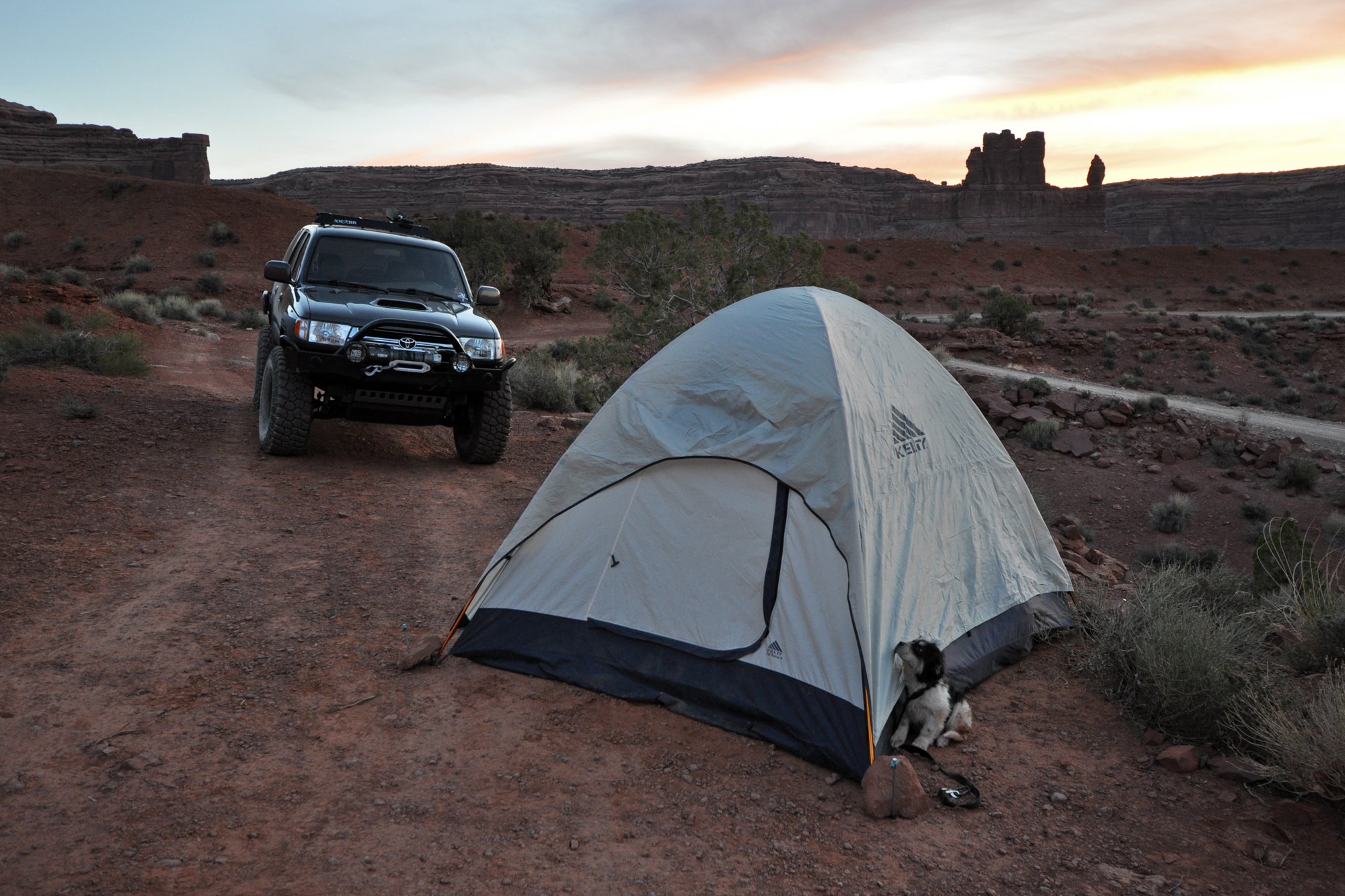 We camped along the banks of the Colorado River. One morning before sunrise, I awoke to a wet bag—the dog had peed on it during the night. In the faint light, I saw her head-first in my duffel, burrowing into my clothes. She was soaking wet as I pulled her out. The rest of the morning was spent at the local laundromat and carwash. Twenty dollars in quarters later, everything was laid out over my vehicle and tent to dry in the sun. Defeated by the pup, I cracked a beer and lounged in a chair for the rest of the day, while she rolled in the dirt and trotted around camp.
We camped along the banks of the Colorado River. One morning before sunrise, I awoke to a wet bag—the dog had peed on it during the night. In the faint light, I saw her head-first in my duffel, burrowing into my clothes. She was soaking wet as I pulled her out. The rest of the morning was spent at the local laundromat and carwash. Twenty dollars in quarters later, everything was laid out over my vehicle and tent to dry in the sun. Defeated by the pup, I cracked a beer and lounged in a chair for the rest of the day, while she rolled in the dirt and trotted around camp.
Canyonlands and Arches national parks and the White Rim Trail provided sensational views and incredible backroad travels, but the dog’s mishaps proved to be the most memorable moments of the journey. Uninterested in the toys I had bought her, she managed to chew through a number of clothing items, a cell charger, a half-dozen paper maps, and a Nalgene bottle. On Cliff Hanger Trail, made famous for being precariously positioned on the side of a sheer cliff, she tried to jump over the center console while I made a sandwich in the back—luckily, her leash was anchored to the floorboard. At that point, she became so excited that she peed into the console tray which contained my wallet, cell phone, and spare change. I hadn’t had a puppy in years, but the trials and tribulations were becoming quickly remembered. As her personality seemed to develop, so did some bad habits. She would pee whenever I picked her up or someone new pet her. She would bark uncontrollably at her food bowl when it was empty. She would scratch at the tent door to get out, only wanting back in seconds later. Even so, I had fallen hard for her.
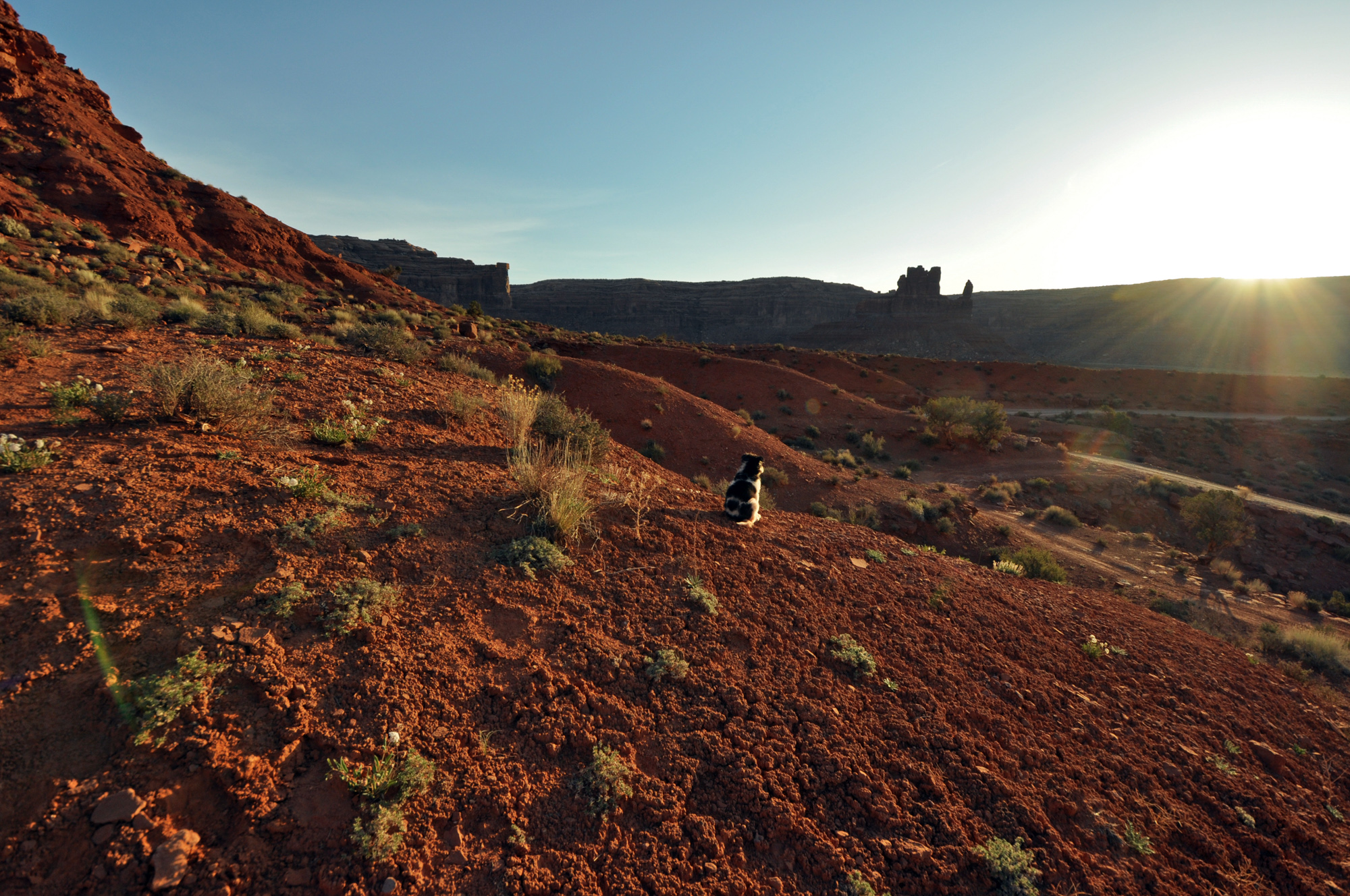 That week, we traversed over 300 miles of rugged backroads and trails around Moab, Canyonlands, and the La Sal Mountains. She liked riding shotgun on the passenger floorboard of the truck, but sometimes she would get up on the seat and put her paws on the window to take in the view. Despite her skittish bladder and occasional bad habits, the pup was becoming the ultimate trail dog.
That week, we traversed over 300 miles of rugged backroads and trails around Moab, Canyonlands, and the La Sal Mountains. She liked riding shotgun on the passenger floorboard of the truck, but sometimes she would get up on the seat and put her paws on the window to take in the view. Despite her skittish bladder and occasional bad habits, the pup was becoming the ultimate trail dog.
On the return voyage, I retraced my steps. I passed a bullet-riddled sign for Lukachukai, a small Indian village nestled against the Chuska Mountains. I said the village name in my head a few times before the dog’s name came to me—Luka. Back at the place it all began, I decelerated after spotting the dead horse and pulled over. The corpse had been ravaged in the week that had passed. I scanned the horizon for the other black sibling that had run away. The only sign of life was a hawk circling high above. The setting sun illuminated the surrounding landscape, painting it with brilliant shades of red and orange. As a cool breeze rustled the grass and brought a chill to the air, I reflected on the blessing of finding Luka. I paid my respects to the dead horse for providing shelter and supporting her survival. I looked over the landscape one last time, but still no black pup. On a somber note we departed; Luka plopped her head down and gave a long grunt.
The engine strained as I drove through the forested hills south of Greasewood. In the fading dusk, I watched a pack of wild dogs running between the trees. They looked like jackals pursuing their next meal. I looked down at Luka lying asleep on the floorboard— her path had been forever changed.
EPILOGUE
Luka was found during the spring of 2011. Upon our return home, she joined the Quiñones family: my (now) wife, Meghan, stepdaughter, Olivia, and two German shepherds, Guy and Jones. Within a few days of acclimating to her new surroundings, Luka was running the desert with Guy and Jones by day and sleeping on a plush couch by night. Astounding was her ability to hear food packaging being opened from distances far away. Her palate was diverse and unapologetic: she savored smoked sausage just as much as a captured mouse. Barking at an empty food bowl and peeing with excitement are habits that never let go. Because she was found during the pursuit of adventure, Luka became our primary travel dog. Her small size and road-ready manners made her a perfect companion for trips ranging from Arches to Antero and beyond. In 2013, I married my wife atop Imogene Pass in Colorado. That morning, we ran Black Bear Pass into Telluride and ascended Imogene that afternoon. At 13,114 feet, Luka was the sole witness to our vows.
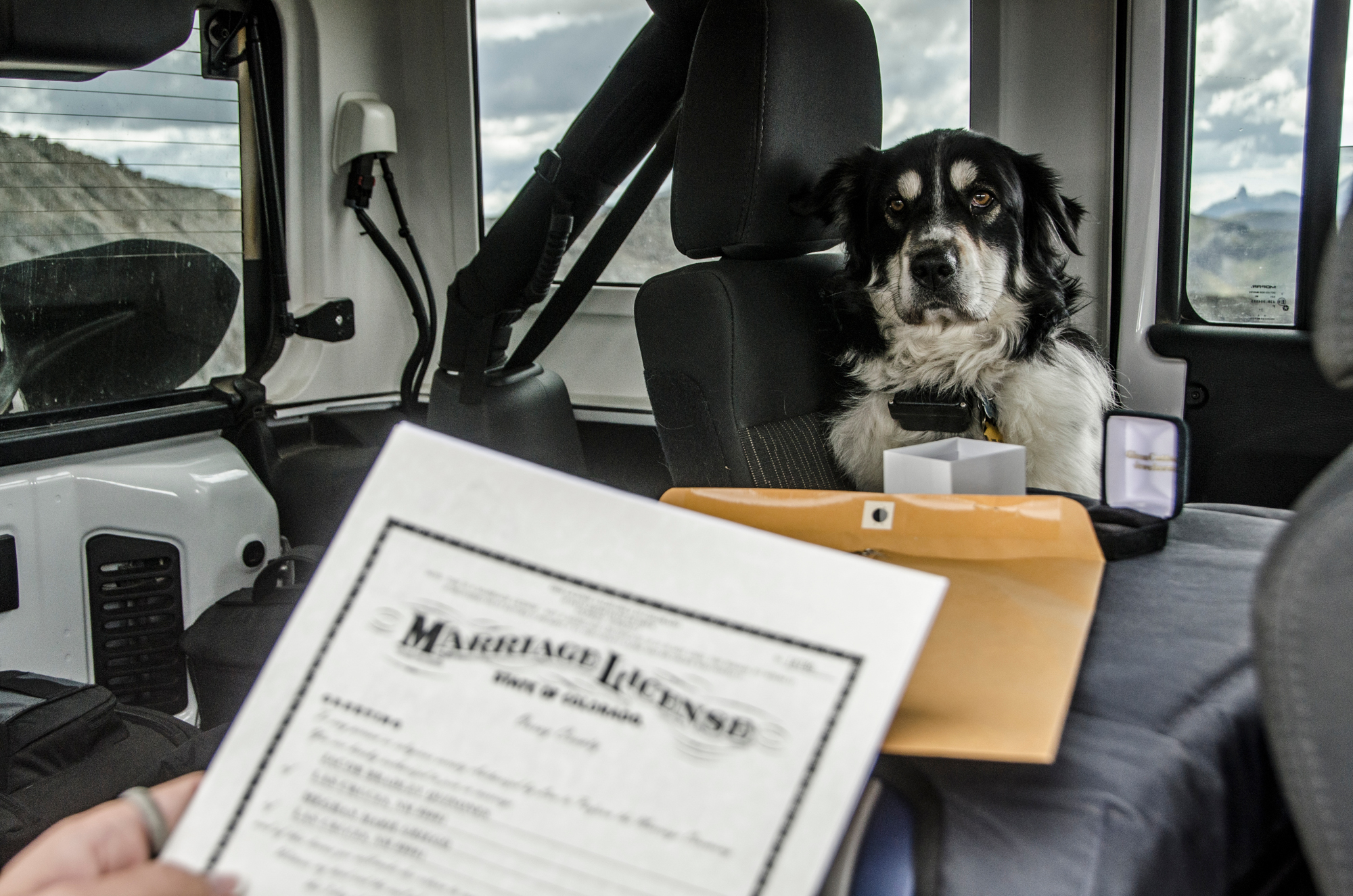 Although Luka was happy, she did suffer from the pains of early malnourishment and stunted growth. Some days she played hard, others she sat by herself in the shadows. From the dirt she was raised, and to the dirt she was returned. Luka passed away in 2016. She is now buried in the desert where she grew up, chasing rabbits and lounging in the shade of creosote bushes. Our hearts remain heavy and we miss her, but Luka’s life on this earth was a good one.
Although Luka was happy, she did suffer from the pains of early malnourishment and stunted growth. Some days she played hard, others she sat by herself in the shadows. From the dirt she was raised, and to the dirt she was returned. Luka passed away in 2016. She is now buried in the desert where she grew up, chasing rabbits and lounging in the shade of creosote bushes. Our hearts remain heavy and we miss her, but Luka’s life on this earth was a good one.


